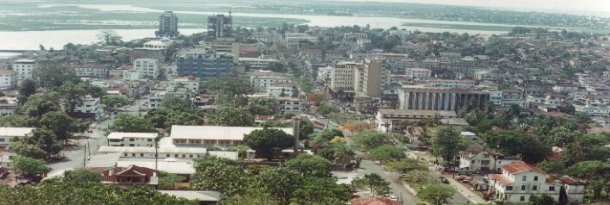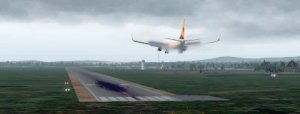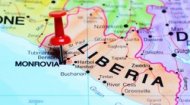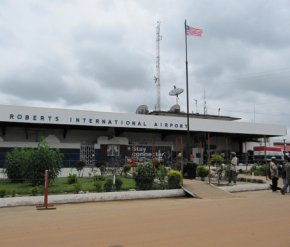|
Monrovia Airport |
Monrovia Airport |
Monrovia Airport | Monrovia Airport |
Find out all about Liberia in a series of information articles, latest daily news, videos, and images.
More >
|

In its ongoing quest to meet international aviation standards and enhance the passenger experience, Roberts International Airport has undergone significant upgrades to its facilities. The airport features a modernised terminal building designed to handle increasing passenger volumes efficiently and comfortably. Upon arrival, passengers are greeted by streamlined immigration and customs processing, followed by a spacious baggage claim area. For departures, check-in counters are clearly arranged, leading to secure screening points and comfortable waiting lounges. While not as vast as some major global hubs, RIA offers essential amenities, including a few retail outlets for last-minute purchases, duty-free options, and local craft shops that provide a glimpse into Liberian culture. Dining options are also available, catering to various tastes. Crucially, the airport's infrastructure includes a well-maintained single runway capable of accommodating wide-body aircraft, supported by modern air traffic control systems to ensure safe and efficient operations. Ground transportation is readily available, with taxis and pre-arranged car services providing reliable links to Monrovia and the surrounding areas. Recent substantial investments have included the construction of a brand-new, state-of-the-art passenger terminal, improved runway lighting, and enhanced cargo handling facilities, all aimed at bolstering RIA's capacity and operational efficiency. These continuous improvements underscore Liberia's commitment to providing a welcoming, safe, and efficient gateway that reflects the nation's progress and ambitions. Looking ahead, Roberts International Airport is poised to play an even more pivotal role in Liberia's progress and development. The ongoing modernisation efforts, including the recently opened new terminal, are not merely cosmetic; they are strategic investments designed to accommodate future growth and position RIA as a competitive and attractive hub within the West African sub-region. There is a palpable ambition to attract even more international carriers, expand existing routes, and potentially introduce direct flights to new intercontinental destinations, particularly in North America. This vision extends beyond passenger traffic to include boosting cargo operations, which are crucial for facilitating trade and connecting Liberian businesses to global supply chains. As Liberia continues to stabilise and attract foreign investment, RIA stands as the primary conduit for these economic currents. Today, unlike many other airports in Africa, Roberts International Airport is a generally relaxed and friendly place with no need to drop any money into the hands of custom's officials to 'ease' the arrival or departure process although would be deemed somewhat chaotic compared with European airports. In the short video (above, left), make a virtual landing at the airport as you fly in over the skies of Liberia, then explore Monrovia itself using the links provided above. |









